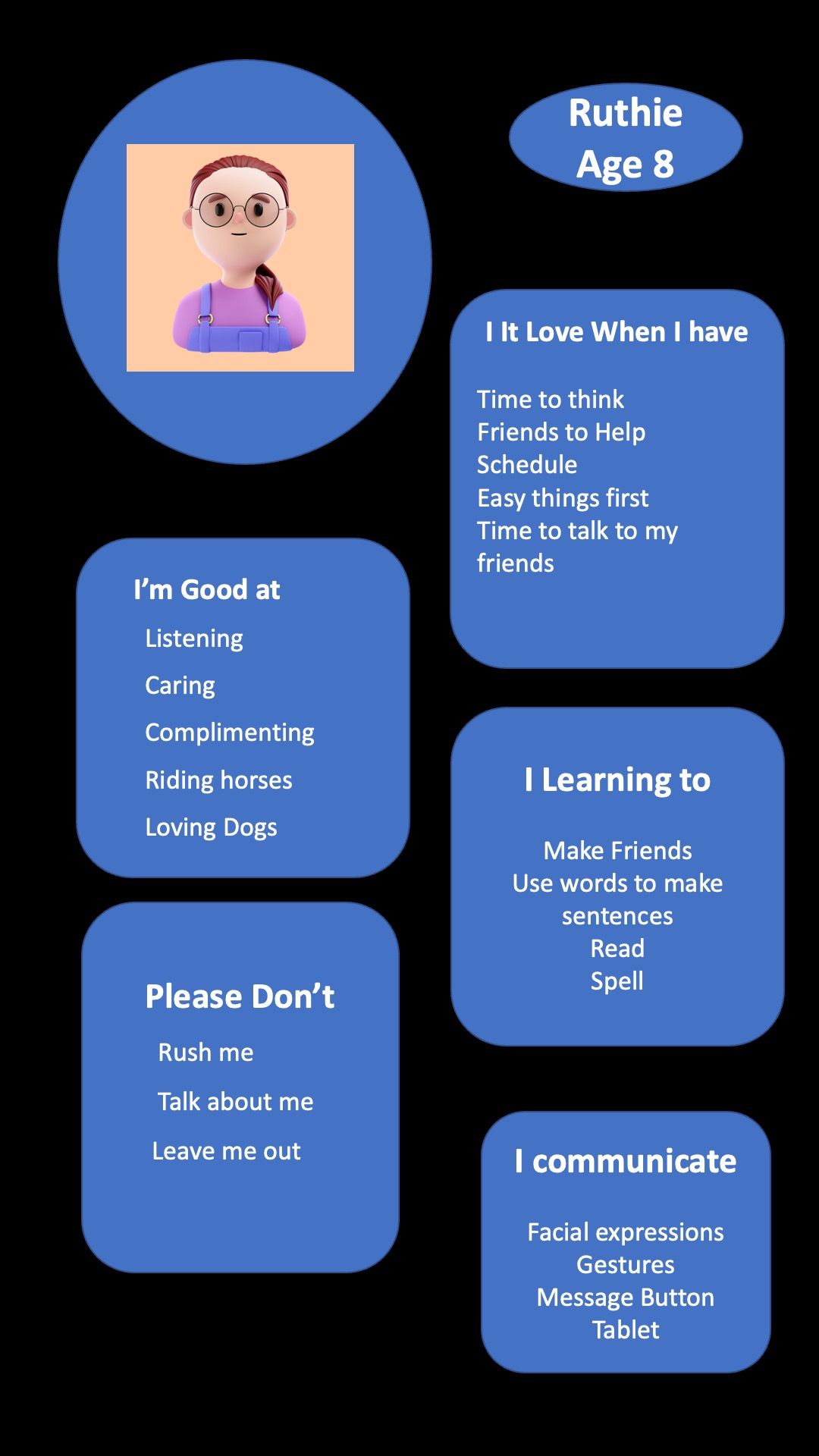Teaching Peers to Support AAC Users
Teaching peers about Augmentative Alternative Communication (AAC) gets easier and easier. Whether elementary age or high school students there are many options to support students who are AAC Users and their new friends. As was described in the 2-hour certificate approved module series TAALC 114 PreK – 12 Peer Mediated Strategies for Students with Complex Communication Needs no specific information about the student’s disability is necessary. However, some resources may make this discussion easier. The following list includes books, you-tube videos, and other resources about AAC and AAC users for elementary through middle school through high school age students.
It is important for AAC Users to know that there are other AAC Users like them, the books, videos can help provide examples of other AAC users. There are Peer to Peer (AAC User to AAC User Peer Networks) through United States Society for Augmentative Alternative Communication USSAAC Speaker Connection or Northwest Augmentative Communication Society (NWACS).
Books
Books about AAC for Children and Youth Six books are in this list although, there are likely more available. The books in this list are for elementary through middle school-age students. Most are short, easy reads and range in price from $8.00 – $15.00 available from book vendors such as Amazon. Some books have web-site links associated with them.
Books about AAC for Children and Youth
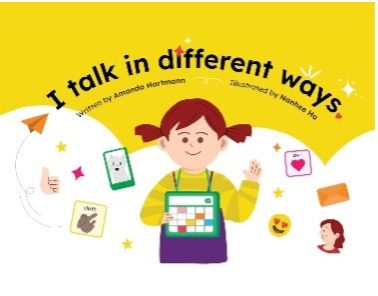
Hartman, Amanda (2022). I talk in different ways. ISBN: 978-0-6451173-1-6 (print) ISBN: 978-0-6451173- 2-5 (electronic) Assistiveware
Good for young preschool or elementary age students. I like this one because it shows many ways friends may communicate when they cannot rely on speech.
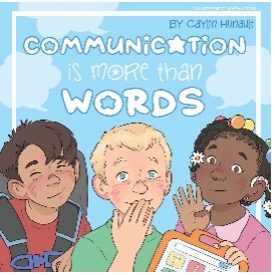
Hunault, Caylin (no date). Communication is more than words.
Written by a parent of a non-speaking child. Good for Elementary-age students. This one shows the many ways a student may communicate. Includes discussion questions.

Phillips, Tara (2023). The different ways we communicate. ISBN: 9798891217072
Website: Autismlittlelearners
Written by a Speech Language Pathologist, this book for younger elementary age students has a poetry or rhyming format. Also highlights multiple ways to communicate.

Molineux. Eden (2016) ISBN: 978-0-9959216 – 5-8. Something to Say about my communication device.
Written by a Speech Language Pathologist in Canada, this book uses simple language and an AAC user perspective.
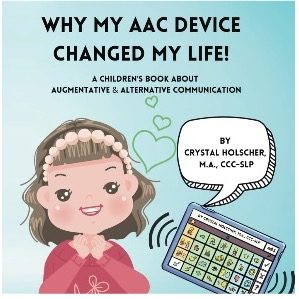
Holscher, Crystal (2023). Why my AAC device changed my life. Written by a speech-language pathologist. This book tells the story of Caroline, a girl who was given the gift of communication by finding an AAC device specialized for her.
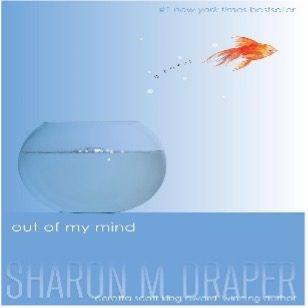
- Draper, Sharon (2021). Out of my Mind. ISBN: 978-1-4169-7170-2
- Draper, Sharon (2022). Out of my Heart ISBN: 9-781665902168
A New York Times Best Seller, Out of my Mind and Out of my Heart is a two-part fictional series about a young non-speaking girl. No one knows that she understands because she has no way to communicate. This is a chapter book for ages 10 and up. This is now a Disney Movie see trailer: Out of my Mind
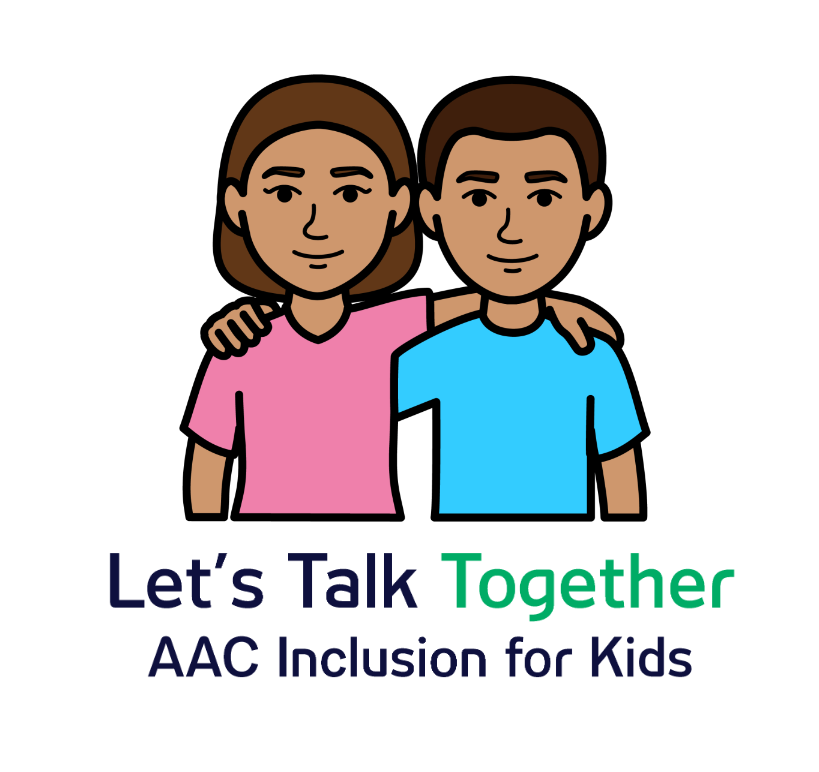
“Let’s Talk Together” :available in three formats Video, Book PDF, and Interactive Book
Video, is a social narrative that introduces AAC from a child’s perspective in the classroom) Book PDF Boardmaker Activities
Videos
You-tube videos with clips about AAC users – some animated for younger students such as Dan’s AAC Device or AAC Communication Explained, some produced by high school students for high school students – Martinsville high school student Claire McGuire , Mateo Morino , or Thisisnotaboutme.
AAC Communication Device Explained FOR KIDS/ What is AAC? What is a Talker? (Speech Therapy Made Simple) Dec 15, 2023 Animated video about Aiden, an Elementary age boy (7 minutes)
Dan’s AAC Device (Jake O’Donnell) animated video – younger kids
Top Tips for Speaking to an AAC User, From an AAC User (High School Age Students) Martinsville High School student, Clare McGuire, shares her top tips for talking to someone who uses Augmentative and Alternative Communication. Clare completed this video as part of her community service project in collaboration with the PATINS Project.
Teen with autism: Conversation and modeling with AAC device Teen with autism at having a conversation about French fries at a 5 Guys.
How to Increase conversations with an AAC User.
Amanda Hartman talks about “Five ways to talk to increase conversation with an AAC User ” in this video. AAC users can face some challenges in speaking up in day-to-day conversations. Learn how to support and encourage AAC users to take their turn. With some pre-planning and preparation, they can join the conversation.
McKenzie’s Voice (25 minutes). This 25-minute video highlights McKenzie, a young woman with cerebral palsy who uses AAC in Australia. Mateo Moreno on Teaching kids about AAC: Mateo visits schools in Ohio to talk about AAC. His video is 7 minutes and has important messages about being an AAC User and what works.
Mateo visits schools in Ohio to talk about AAC. His video is 7 minutes and has important messages about being an AAC User and what works.
Thisisnotaboutme! Website Rental charge $7.50 (55 minutes) A documentary about a non-speaking woman with autism who gets a communication system in high school and goes on to college. Woman goes on to advocate for communication.
Deaf Mavo learns Literacy Skills Mavo who is deaf learns literacy skill
Other Resources
The Communication Partner Profile is an assessment of communication partner skills for high school or paraprofessionals. Finally, engage peers and AAC User in creating personal profiles as a tool to get to know each other.
Just Say Hi! (Cerebral Palsy Foundation) Is an Inclusive Schools Curriculum for including students with disabilities. The Just Say Hi (JSH) program was recently awarded a Gold-Medal Class Anthem Award in Diversity, Equity & Inclusion (2022). Although there are no AAC users in the opening video the curriculum is a nice resource.
Unified Special Olympics in KY: By implementing the components of Unified Champion Schools you will foster a sense of belonging, building relationships, and providing continuity for students over time. Research indicated that the Unified Champion Schools program can make an impact in reducing bullying, teasing, and offensive language in their schools. Students who participate in the UCS program feel more supported by their teachers and peers, have higher levels of grit, receive better grades, and are more empathetic and compassionate.
Stay, Play, Talk strategies includes play strategies 1) copy-talk 2) play-talk-give 3) Respond. For young students but can be adapted for older students in age-appropriate activities. Ledford, J. STAY, PLAY, TALK Evidence-based Instructional Practices (EBIP). Vanderbilt University
Create an ‘About Me’ page
A peer group including an AAC User can create their own ‘About Me’ profiles to share with each other. About Me profiles include:
What I’m good at
What I like, love
Please don’t,
I’m Learning to,
I communicate
A great way to start a conversation. The example was written by parents but elementary age students could write their own.
Resources for ‘About Me’


